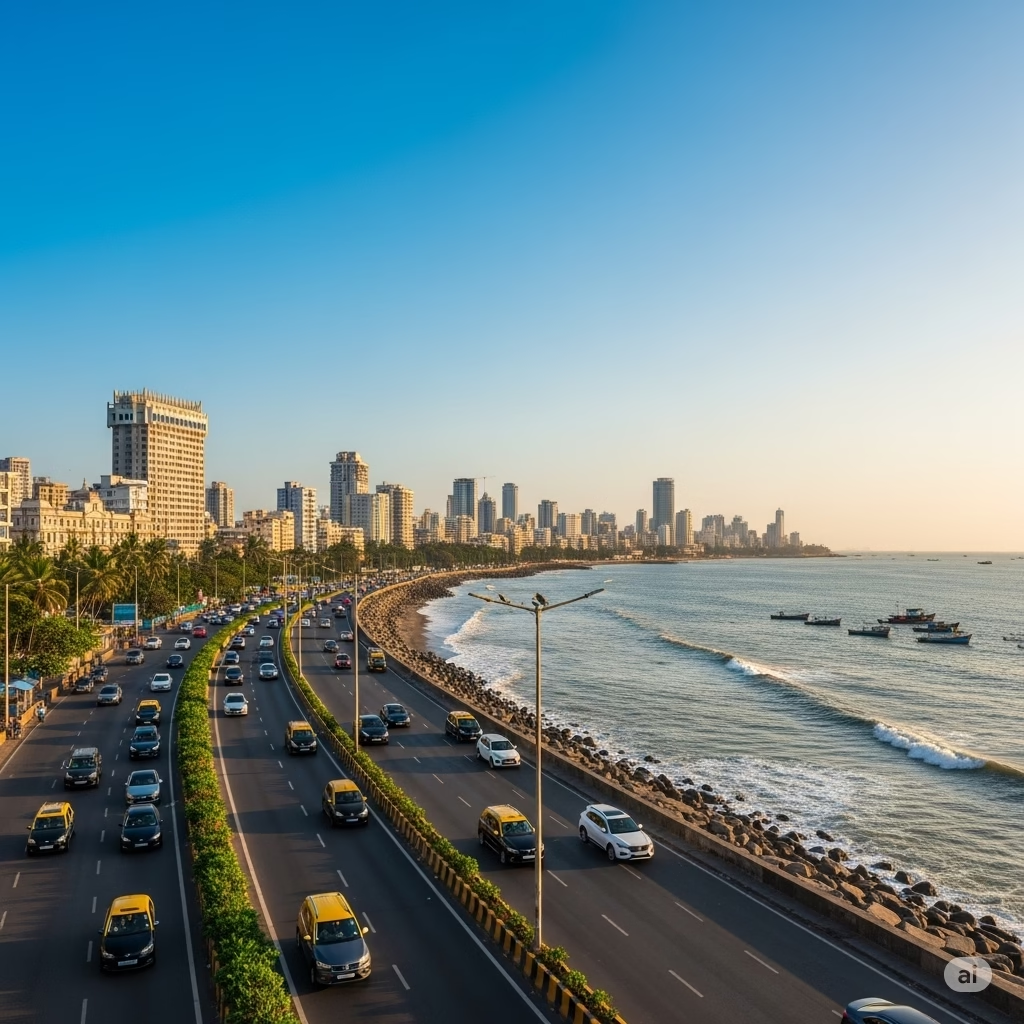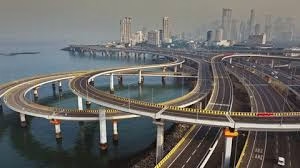
Introduction
In a significant step toward urban environmental restoration, the Brihanmumbai Municipal Corporation (BMC) is set to acquire a 15-acre private plot in Borivali’s Eksar area to create a dedicated mangrove nursery. This move comes as part of the civic body’s efforts to mitigate the ecological damage caused by the ongoing ₹25,000 crore Mumbai Coastal Road Project, which is expected to affect over 60,000 mangrove trees along the city’s western coastline.
The initiative is not just about planting new trees—it marks a commitment to ecological compensation, urban sustainability, and biodiversity conservation in one of India’s most densely populated metropolitan areas.
Why a Mangrove Nursery in Borivali?
The Borivali plot selected for the mangrove nursery lies within an intertidal zone, a crucial factor that enables the natural tidal flow required for mangrove growth. The availability of saline water during high tide and regular flushing of nutrients makes it ideal for establishing a thriving mangrove ecosystem.
The nursery will act as both a propagation center for mangrove saplings and a relocation zone for transplanted mangrove trees from construction sites affected by the coastal road project. By choosing Borivali, BMC strategically targets an area with suitable topography, hydrology, and land availability.
Environmental Compensation for the Mumbai Coastal Road
The ambitious 25-kilometer Mumbai Coastal Road, designed to decongest traffic and improve travel time between South Mumbai and the western suburbs, comes with a steep ecological price. An estimated 60,000 mangrove trees are either being cut or are located within construction buffer zones. Approximately 9,000 mangroves will be removed directly for bridge piers and structural supports, while the remaining 51,000 trees face indirect risks due to changes in water flow and habitat disturbance.
To offset this, BMC aims to plant more than 100,000 mangrove saplings, doubling the ecological return and reinforcing the city’s natural coastal defense mechanisms. This restoration is critical, as mangroves serve multiple roles: protecting shorelines from erosion, supporting marine biodiversity, and acting as carbon sinks in an increasingly urbanized region.
Legal and Strategic Acquisition of the Plot
The 15-acre land parcel in Borivali belongs to a private party. BMC is currently finalizing the lease agreement, which is expected to be valid for a duration of 5 to 10 years. After this term, the land is likely to be transferred to the state’s Mangrove Cell or the Forest Department for long-term management and conservation.
This marks one of the few instances where a municipal body is acquiring land purely for ecological restoration. BMC is simultaneously exploring other land parcels in and around the Mumbai Metropolitan Region to expand its green cover projects and replicate the mangrove nursery model in multiple zones.
What Happens at a Mangrove Nursery?
A mangrove nursery is a managed ecosystem where mangrove species are cultivated under controlled but semi-natural conditions. The process involves:
- Seed Collection: Mangrove propagules (seedlings) are collected from healthy forests.
- Nursery Establishment: Seedlings are raised in small earthen pots or trenches, often arranged in rows for optimal growth and easy monitoring.
- Transplantation: Once the saplings reach a certain maturity, they are either planted in areas where mangroves have been lost or allowed to mature within the nursery itself to strengthen the local green cover.
This initiative will not only help replenish what is lost but will also serve as a reserve bank of mangrove saplings for future afforestation projects.
Broader Environmental and Urban Planning Goals
The mangrove nursery initiative aligns with broader urban sustainability goals in Mumbai. Amid rising concerns over climate change, sea-level rise, and urban flooding, mangroves serve as nature-based solutions that are both cost-effective and long-lasting.
In recent years, BMC has faced criticism for prioritizing infrastructure over environment. This move helps recalibrate the balance between urban development and ecological preservation. The integration of environmental offsetting mechanisms like the Borivali nursery shows that infrastructure growth and ecological responsibility can go hand in hand—if planned well.
Potential Challenges and Mitigation
While the project is commendable, several challenges remain:
- Land Use Conflicts: Since the land is privately owned, future land-use debates may arise after the lease term ends.
- Ecological Risks: If the intertidal balance is altered due to nearby construction or water diversion, the nursery may not thrive.
- Survival Rate: Transplanted mangrove trees often struggle to adapt, especially if root systems are damaged. The survival rate of saplings is crucial to success.
BMC, in collaboration with the Mangrove Cell and environmental experts, must ensure regular monitoring, scientific planting methods, and active community engagement to overcome these hurdles.
Impact on Coastal Road Packages and Ecosystem
The Mumbai Coastal Road is divided into six construction packages (A to F), covering segments from Versova to Dahisar and connecting to Bhayander through an elevated corridor. Each segment passes through ecologically sensitive zones, including wetlands, creeks, and existing mangrove forests.
The nursery in Borivali will act as a vital resource center to address ecological damage across all these segments. It also creates a precedent for future infrastructure projects in India, where environmental offsetting is embedded into planning and implementation.
Conclusion
Mumbai is on the cusp of a new era—one that seeks to blend rapid urban expansion with conscientious environmental planning. The BMC’s plan to create a 15-acre mangrove nursery in Borivali exemplifies how development and ecology can be interwoven when authorities adopt a long-term vision.
As the city continues to grow vertically and horizontally, it becomes increasingly essential to protect and regenerate its natural ecosystems. With projects like this, Mumbai has the potential to become a model metropolis for sustainable urban living, where concrete meets canopy, and highways coexist with mangrove forests.

